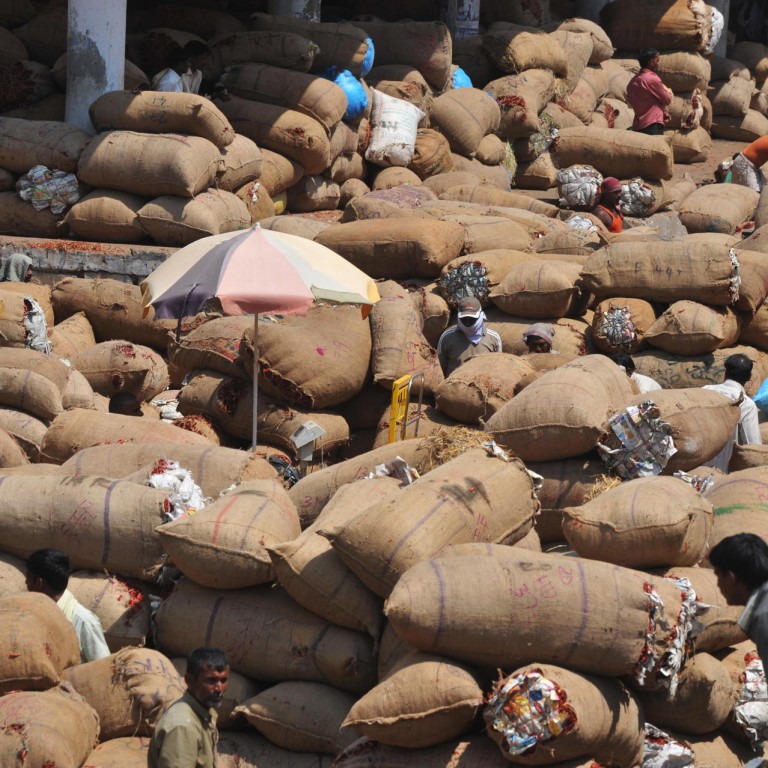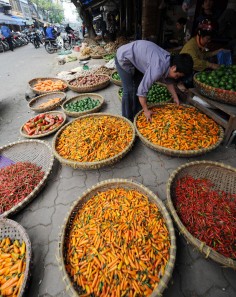
US food agency finds salmonella in almost 7 per cent of imported spices
US food agency testing has found that some dried goods from countries such as India, Mexico and Thailand is contaminated with salmonella
Almost 7 per cent of spices imported to the US over a three-year period were contaminated with salmonella, the US Food and Drug Administration has announced, amid a global spate of spice-related disease outbreaks.

The study looked at spices imported from several countries, including India, Mexico, Thailand and Vietnam.
Several spice-related outbreaks have caused illnesses around the globe. In 2009 and 2010, black pepper and red pepper from India, Vietnam and China used in salami caused hundreds of illnesses. The FDA said there had been 14 known outbreaks around the world since 1973, causing almost 2,000 illnesses, many in children.
The FDA, which monitors food and drug safety for American consumers, said that during the three-year period, 749 shipments of spice were refused initial entry into the US because of salmonella contamination, while 238 other shipments were denied because of the presence of what the FDA calls "filth" - insects, excrement, hair or other materials.
The agency's findings "are a wake-up call" to spice producers, said Jane Van Doren, a food and spice official at the FDA. "It means: 'Hey, you haven't solved the problems.'"
The agency said some of the spices that were found contaminated at the border were later cooked or treated to eliminate possible pathogens, so much of the salmonella was likely to have gone by the time the spices were allowed onto shelves.
The agency also noted that the amount of spice generally eaten at a meal was small, meaning people have less of a chance of getting sick from a contaminated spice than a contaminated fruit or vegetable.

The report said spices were produced by a wide variety of agricultural practices, including "on very small farms where farm animals are used to plough, crops are harvested by hand, and spices are dried in open air", with potential for animal, bird or human contamination. Off the farm, spices from the small farms are often combined, sold to exchanges or packing companies, or stored for years.
Michael Taylor, FDA's deputy commissioner for foods, said the agency was "not recommending that consumers stay away from spices", though the chances of someone getting sick can be reduced by adding spices to food before it is cooked.
Taylor said new food safety rules that aim to make imported and domestic food safer on farms and in processing facilities should help reduce contamination. Those rules include regulations that will require food importers to better understand where food has originated.
The study said much of the knowledge and technology to reduce contamination exists but is often not used. It surmised that problems arose because of generally unhygienic conditions, including the failure to limit animal and insect access to food and not taking steps like irradiation.
